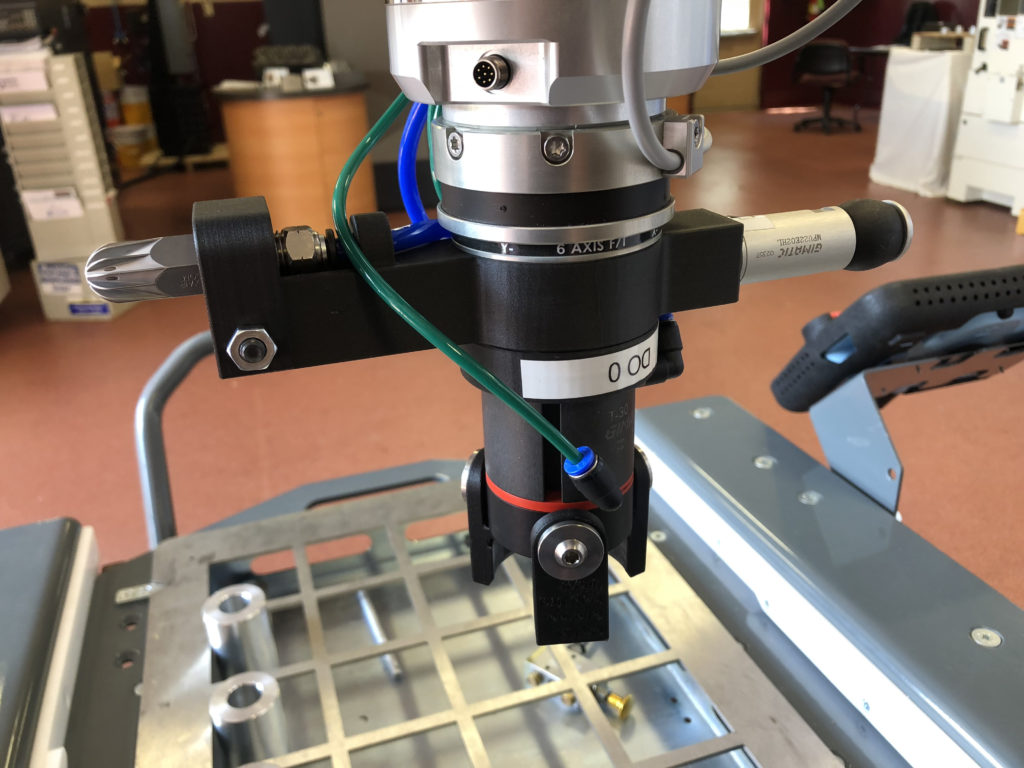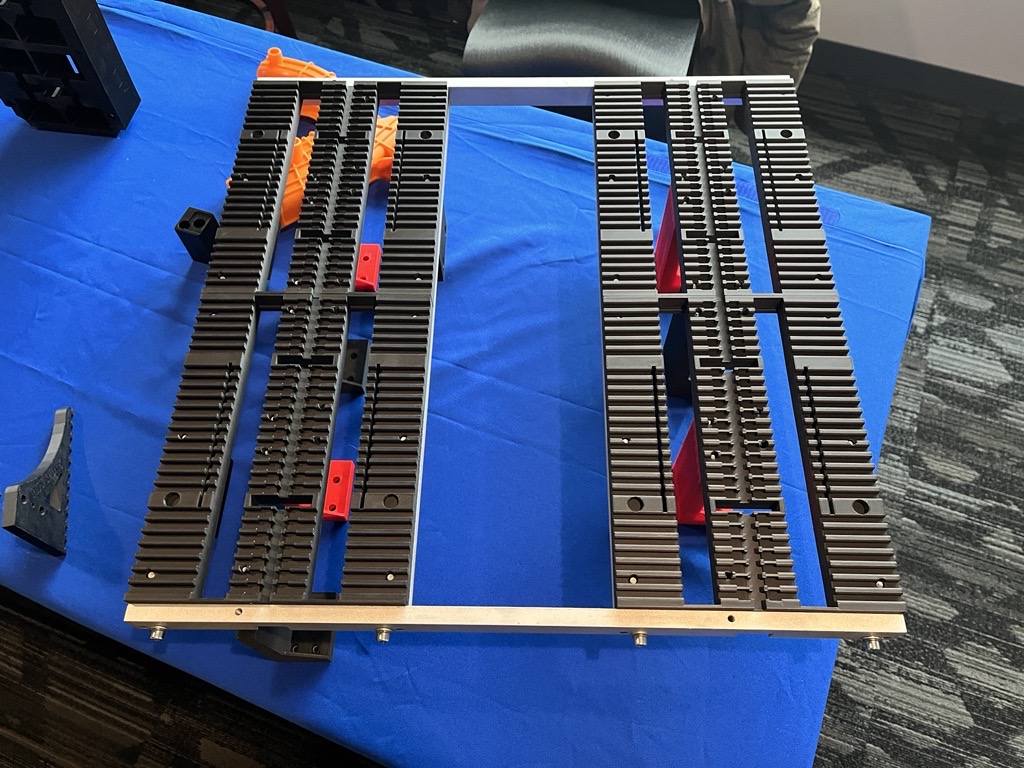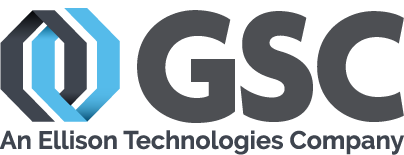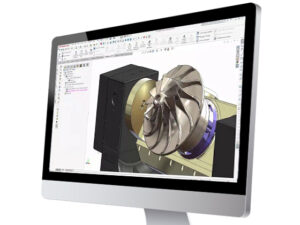In the fast lane of manufacturing, innovation isn’t just a buzzword – it’s the ultimate differentiator between leaders and followers. One such innovation that’s making waves in the industry is 3D printing, and it’s not stopping at just creating prototypes or simple parts. It’s reshaping how we make robotic end effectors, and it’s happening now. The result? Big-time savings in both time and costs for your business.

The Role of Robotic End Effectors in Manufacturing
Robotic end effectors are the specialized tools or attachments at the end of a robotic arm that interact with materials, components, or products during automation processes. These effectors are tailored to perform specific tasks, such as gripping, manipulating, welding, or assembly.
Traditionally, manufacturing robotic end effectors required a combination of machining, assembly, and manual labor, which often translated into extended lead times and higher costs. If outsourced, manufacturers are often left with a backlog of jobs, creating months of lead-time.
The 3D Printing Revolution: Time and Cost Efficiency Unleashed
Enter 3D printing, a technology that’s rewriting the rules of manufacturing. Unlike conventional methods that require multiple steps and processes, 3D printing simplifies and streamlines the production of robotic end effectors. This technology enables manufacturers to create complex geometries and intricate designs as a single, cohesive unit, eliminating the need for assembly and reducing the risk of compatibility issues.
With 3D printing, the design-to-production cycle is drastically shortened, allowing manufacturers to respond to changing demands and iterations in record time. Composites are also a lighter material than metal, allowing for faster cycle times and decreasing the payload a robot has to carry. What used to take weeks or even months can now be accomplished in days, if not hours.
Customization: Tailoring Solutions to Perfection
One of the most significant benefits of 3D printing in end effector production is the unparalleled level of customization it offers. Every manufacturing process is unique, and the specific requirements of each task demand tailored solutions. 3D printing allows engineers to create robotic end effectors perfectly suited to the task at hand, ensuring optimal performance and efficiency.
Manufacturers can experiment with design iterations, test different mechanisms, and optimize their end effectors without the constraints imposed by traditional manufacturing methods. This flexibility enables businesses to fine-tune their processes and achieve higher levels of productivity.
Material Choices and Performance Enhancement
Markforged 3D printing allows manufacturers to choose from Onyx, and its variants, with the option to reinforce with continuous strands of fiberglass, kevlar and carbon fiber. With continuous fiber, the parts can rival the strength of metal and be used as dependable automation tooling. This freedom enables engineers to select materials that strike the perfect balance between strength, durability, and weight, enhancing the overall performance of the end effector. Adjusting infill settings allows for even further fine-tuning of print time, cost, and strength. Whether it’s lightweight polymers or high-strength composites, Markforged 3D printing materials can be tailored to meet specific application needs.
Cost-Efficiency: A Tangible Impact
Time is money, and nowhere is this truer than in manufacturing. By drastically reducing lead times, 3D printing end effectors directly impact cost-efficiency. Manufacturers can respond quickly to shifts in production demands, design changes, or unexpected challenges while avoiding the high costs associated with retooling and re-machining.
Additionally, eliminating assembly processes reduces labor costs, as 3D printing produces end effectors as single integrated units. The result is a streamlined, cost-effective production process that doesn’t compromise quality.

Learn how HellermannTyton Boosts Efficiency and Cuts Costs in their Automation Department
The manufacturing landscape is undergoing a seismic shift, and 3D printing is at the forefront of this transformation. The revolution in producing robotic end effectors saves manufacturers time and money by offering unmatched customization, rapid prototyping, material versatility, and cost-effectiveness. This technology empowers businesses to innovate, adapt, and optimize manufacturing processes.
As the capabilities of 3D printing continue to expand, we can anticipate even more groundbreaking applications in various industries. From small businesses to large corporations, adopting 3D printed robotic end effectors unlocks new levels of efficiency, flexibility, and competitiveness, driving the industry toward a brighter, more innovative future.
Contact Us
Curious to explore ideal applications for 3D printing or considering a firsthand look at the technology? Contact us today or explore more 3D printing applications here.
Share
Meet the Author

